Your login information returned multiple users. Please select the user you would like to log in as and re-type in your password.
 It has been more than four years since gamers had a chance to take a stroll into Silent Hill. The series got off to a strong start by becoming a game that strayed from survival horror norms with a slower pace and a stronger emphasis on psychological terror than “jump-out” scares. The sequels made a very respectable transition to a more powerful console with three fairly impressive sequels on the playstation 2. These games really set the bar high with unique, disturbing stories that touched on many controversial issues such as child abandonment, euthanasia, and ritual sacrifice. While the series was far from perfect, it is impossible to ignore the game’s unique atmosphere and beautiful soundtrack. So now, the series makes its first appearance as a western developed game. The studio formerly known as the collective, now Double Helix, has been trusted with developing the next entry of Silent Hill but has their creation stayed true to the original formula or have they strayed too far from what made the series a fan favorite?
It has been more than four years since gamers had a chance to take a stroll into Silent Hill. The series got off to a strong start by becoming a game that strayed from survival horror norms with a slower pace and a stronger emphasis on psychological terror than “jump-out” scares. The sequels made a very respectable transition to a more powerful console with three fairly impressive sequels on the playstation 2. These games really set the bar high with unique, disturbing stories that touched on many controversial issues such as child abandonment, euthanasia, and ritual sacrifice. While the series was far from perfect, it is impossible to ignore the game’s unique atmosphere and beautiful soundtrack. So now, the series makes its first appearance as a western developed game. The studio formerly known as the collective, now Double Helix, has been trusted with developing the next entry of Silent Hill but has their creation stayed true to the original formula or have they strayed too far from what made the series a fan favorite? 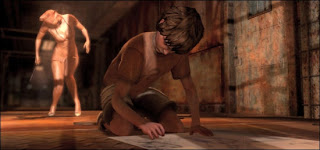
I’ll be honest; I prefer Silent Hill to Resident Evil and am absolutely in love with the game’s oppressive atmosphere. Silent Hill holds a special place in my heart because of the crazy, unusual puzzles, the twisted enemy designs, and the brilliant soundtrack by famed Japanese composer, Akira Yamaoka. I was very skeptical and scared of the possible train wreck that could have ensued when I heard that the next Silent Hill would be handled by a western developer. However, the final product delivers an impressive but sometimes flawed sequel. I’ll start by addressing the game’s flaws to get those out of the way. 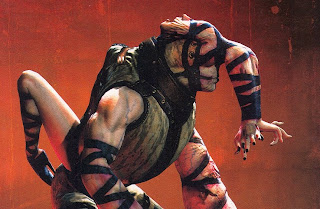
Combat in Homecoming is the games biggest improvement and biggest set back as well. In an attempt to address the horrid combat that plagued previous games, Double Helix made combat more fast paced and accurate by creating a character with military background. He can now, strafe, block, roll, and dodge while going toe to toe with the twisted monsters of Silent Hill. While this makes game play more accessible, it also takes away from one of the most important aspects of the series, terror. Being able to defend yourself really allows players to go into just about any room or environment blindly without worrying about what might be waiting on the other side. While you may not find yourself as frightened by the confrontations in the game, you will probably rip your hair out when you realize just how unforgiving the combat is. Enemies travel in packs and will not hesitate to attack you while you are dealing with another enemy. This unfortunately leads to a lot of cheap deaths and several areas that you may find yourself stuck on for thirty minutes or more. I’m happy to see that the developer addressed a problem but unfortunately they opened up a whole new can of disfigured, man-eating worms of death.
Exploration has been a staple of Silent Hill since its inception. Players were encouraged to check every door and search every room for items and clues as to what may be going on in the town. This has always led to wandering in and out of dozens of rooms but unfortunately Silent Hill Homecoming does not follow the lead. I would estimate that approximately 80% of the doors in this game are locked. This seriously subtracts from the games focus on exploration and ultimately makes the game far more linear than it may appear. Bummer.
 Last but not least, I must address the games graphical issues. The game certainly doesn’t look bad but it doesn’t necessarily look good by today’s high definition standards. Most character models with the exception Alex and his family are not very detailed and lack that certain “I don’t know what” that makes a character seem alive. The environments are convincing enough and the monsters look great but the game could have really used a little bit of extra inspiration. I’m not going to waste time complaining about the fog because I think it is a necessary element to the series despite the fact that it is no longer just a tool that is used to hide technical limitations. Certain effects in the game work really well but the “paint peeling” effect that was hyped a lot prior to its release only occurs once in real time and is there fore incredibly under used. This is one department that I hope becomes a heavy focus for improvement on the next Silent Hill.
Last but not least, I must address the games graphical issues. The game certainly doesn’t look bad but it doesn’t necessarily look good by today’s high definition standards. Most character models with the exception Alex and his family are not very detailed and lack that certain “I don’t know what” that makes a character seem alive. The environments are convincing enough and the monsters look great but the game could have really used a little bit of extra inspiration. I’m not going to waste time complaining about the fog because I think it is a necessary element to the series despite the fact that it is no longer just a tool that is used to hide technical limitations. Certain effects in the game work really well but the “paint peeling” effect that was hyped a lot prior to its release only occurs once in real time and is there fore incredibly under used. This is one department that I hope becomes a heavy focus for improvement on the next Silent Hill.So what does Silent Hill Homecoming do right? Trusting a game of this scope to a western developer was a brave move and could have been riddled with problems. Luckily, Double Helix has almost perfectly captured the feel of the Silent Hill universe. The dark, dreary, oppressive atmosphere of the game remains intact. Any fan of the Silent Hill will be happy to play a game that is faithful to its origins. Beyond just the visual and artistic style that is intact, the beautiful soundtrack has crossed the pond as well. Akira Yamaoka returns in full form with a soundtrack that inspires a litany of emotions and makes so many scenes in the game come together in a way that just couldn’t happen without it. Monster designs are once again disturbing and fit perfectly to the canon. But in a game like this, one of the most important features is the story, which is expected to deliver a haunting, mysterious, and usually depressing story that appeals to the darkness in everyone. Protagonist Alex Shepard returns to his hometown of Shepard’s Glen (a town that shares a border with Silent Hill) to find his brother and father missing and his mother in a nearly catatonic state. With his family in shambles, he departs on a quest to rescue his brother. Once again, the game’s story touches on controversial issues such as child abandonment, emotional abuse, and euthanasia. Luckily Double Helix has managed to deliver a story that will keep you interested all the way through to the credits. It may not be the best story in the series but it definitely holds up and makes for a great stand-alone entry in the series. My favorite aspect of the story is that it manages to leave the player with a sense of closure. This is one of the first stories in the series that doesn’t leave the player in a state of utter confusion. When the game is finished, you will know exactly what happened and not be stuck trying to figure it out for days after.
The developers decided to stick with the safe bet by taking influences from several already proven formulas. The game’s setting is clearly influenced by the movie that came out in 2006 which is not necessarily a bad thing since the movie had some truly inspiring set pieces. The story however is much closer to Silent Hill 2, which happens to be the most well received game in the series. In an attempt to increase interest in the game, Double Helix also made a good move by implementing a fan favorite monster from Silent Hill 2, Pyramid Head. The infamous "dummy-raping" behemoth makes his long awaited return and I don't think fans will be disappointed. The developer definitely made some good choices when it came to deciding what to draw influences from which ultimately resulted in a well-produced entry in the series.
So there you have it. Silent Hill has returned and found a new home with Double Helix here in the states. These new developers have shown that they can successfully capture the look and feel of Silent Hill but still need to take some additional steps to polish the game play and up the scare factor. It is a very solid first attempt that will hopefully be perfected in future entries. The only question that remains is whether or not Dead Space will pick up the slack for the lack of scares in Silent Hill Homecoming…
Final Score: B-
-Nick
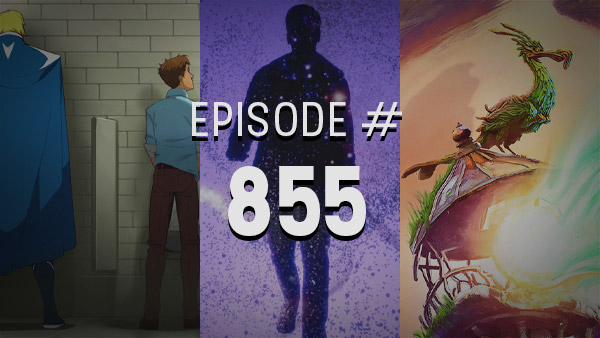
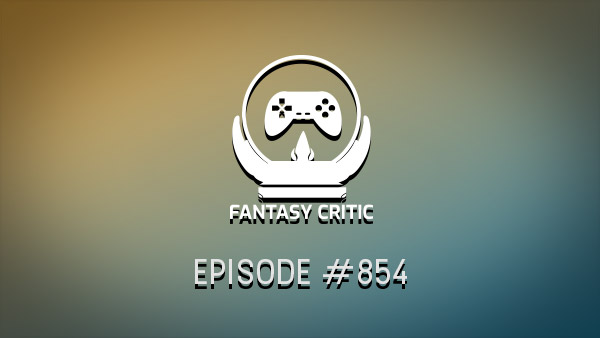
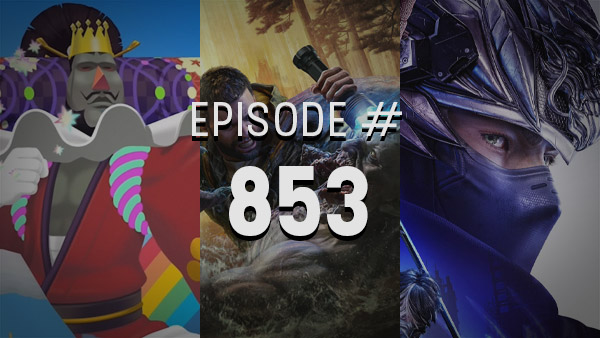

Comments